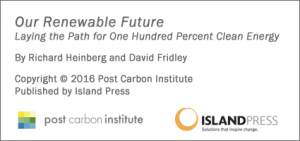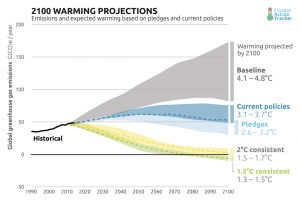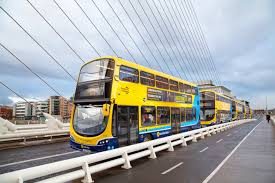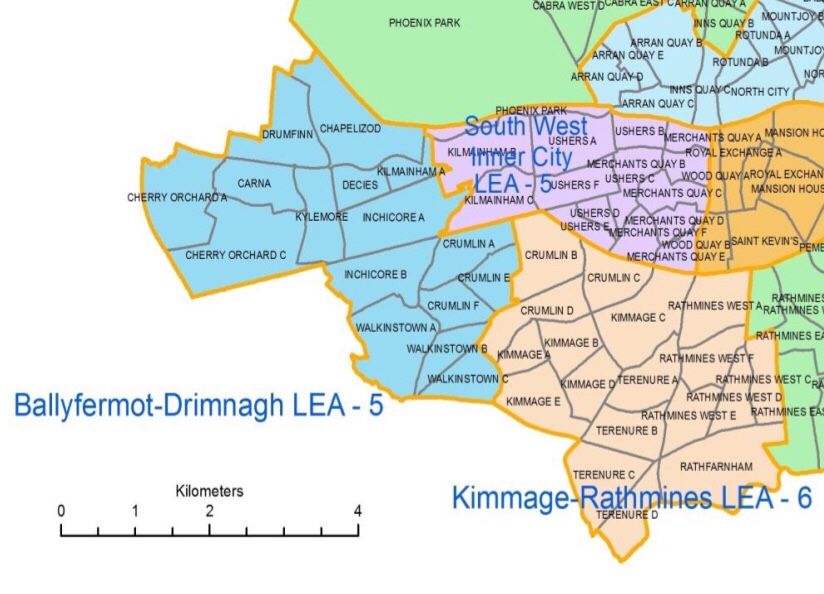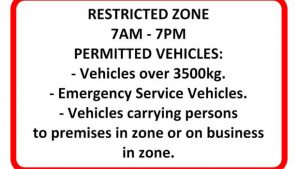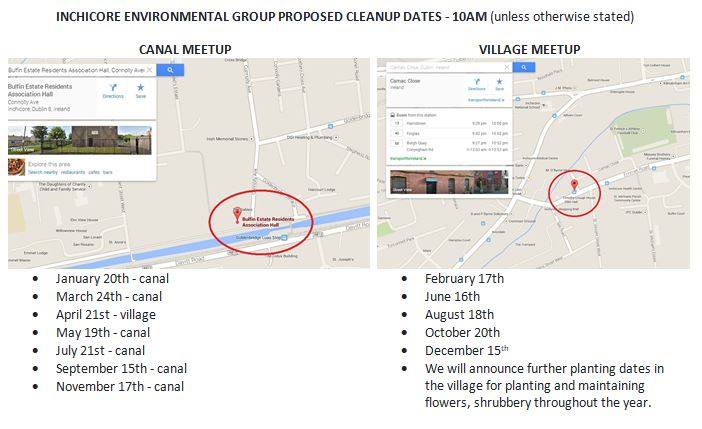There are two types of people in Ireland. One type is Gaelic and Ulster-Scots, religious, traditional and insular – our way or no way. Second type is people who want a progressive modern republic taking advantage of new ideas and thought. Some political parties are into opaque politics, ‘Whatever you’re having yourself’.
Minister of State for Rural Affairs and Natural Resource, Seán Canney TD, Independent TD, opened the 2018 Atlantic Ireland Conference at the Clayton Hotel, Burlington Road last week. Included in his speech are the lines “Let me turn to the Climate Emergency Measures Bill, which proposes, in effect, to stop future oil and gas licensing offshore Ireland. Whilst no doubt well-intentioned, the Bill will do nothing to reduce our use of oil or gas, it will do nothing to help us reduce our greenhouse gas emissions, and it will do nothing to help us meet our 2020 and 2030 energy and climate targets. Instead, it proposes simply to bind us to only importing our future oil or gas needs.” Sounds old-style Fianna Fail. Read his speech in full here.
Just what is this Fine Gael/’Old Men’ government doing to prepare Ireland for the future? Why not look at developments outside the ‘door’? Whatever about Climate Change/ Species Extinction/ New Technology some people would rather keep to old dirty polluting ideas – hear nothing, see nothing, do nothing!
Eight days earlier, Denmark, Japan, the Netherlands and the United Arab Emirates joined over 50 leaders committed to circular economy impact by joining the Platform for Accelerating the Circular Economy (PACE). PACE is fast-tracking circular economy solutions to pressing environmental challenges, from electronic waste to plastic pollution. An immediate response is to consider the end use of every item one purchases – is it re-usable, recyclable, resalable, adaptable, easy to dismantle? Do I really need it?
China leapfrogged from the bicycle age to the automobile age in just 20 years. Before 1994, most people in China were still getting around on bicycles. Fast forward 15 years, and China had dislodged the U.S. to become the world’s largest car market – with 13.6 million in unit sales per year. Now, China’s automotive market is leapfrogging into to the age of the electric vehicle. By 2015, there were more than 20 different models of EVs being sold in China. Last year, over 777,000 EVs were sold in China. That was a 53 percent jump from the previous year. Overall, China now accounts for two-thirds of global sales of EVs. (By comparison, Europe is behind but manufacturers are slowly catching up. Ireland with 0.3% of China population, a grand total of 1811 BEVs (new and used) registered so far this year, and we could reach 2000 units by the end of the year, % are similar to China.) courtesy Irish EV Owners
The Chinese government wants electric vehicles to account for 10 percent of total vehicle sales in the country by 2020, and 20 percent by 2025. (Like Fine Gae aspire to, but what is the Government of Ireland doing to match EU targets?) This network will include up to 500,000 public charging stations and cover residential areas, business districts, public spaces and inter-city highways. As of last year, China already had 214,000 charging stations installed. That was an increase of 51 percent from 2016. So they’re on track to reach their goal.
(ESB have about 800 slowish (1 hour to overnight) charge points (not stations). On-street 22Kw dual point (max 80 miles of range per hour) which they may upgrade to add to 70 public Fast Charging points (43Kw, advertised as 20-60+ minutes to 80% depending on state and size of battery capacity – time for coffee/lunch/rest/shopping/toilet break). Not as fast as the best, nor the exclusive 120Kw Superchargers (off-street, multi point, 24/7) for Tesla EVs, 150miles per 30 minutes! The largest Tesla Supercharger station in Nebbenes, Norway has 30 charging points now, and will have 44, Superchargers; a single charging station with almost as many points as Ireland in a country with a population of 5.2 million people!
The Chinese government will also require new residential complexes to build charging points or assign space for them. At least 10 percent of public parking will need to have charging facilities. In 2016, China’s Traffic Management Bureau introduced “green license plates” to differentiate EVs from normal petrol-powered vehicles. Cars with these green license plates enjoy preferential policies. These include exemptions from measures that ban the use of cars to one day each week. In some selected cities, green license plate vehicles can use the bus lane during rush hour. Probably the most effective support for EVs is the vehicle quota system. It was implemented in heavily congested cities in 2011. Not everyone who wants a petrol/diesel-powered car in China can just buy one and start driving it. In Beijing, for instance, the government is limiting the number of new petrol-powered cars to hit the streets to just 40,000 a year.
This dissuades consumers from buying a petrol-fuelled car and encourages them to buy an electric vehicle instead. EVs have a much higher quota (and sometimes no quota at all) than petrol-fuelled cars. And of course, government-backed discounts can be as much as 40 percent of the sticker price. With such strong government support, a booming network of charging stations and competitive prices, it’s almost a certainty that EV sales in China will continue to soar. (China is a major vehicle manufacturer, in addition to being an importer.)
Article courtesy of Asia Wealth Investment
So the message, as progressive Europeans are doing in droves:
Think and Vote GREEN Party
 Watching Dr Edward Cameron speak at the annual EPA lecture in the Mansion House, Dublin on Friday 17th May brought home some uncomfortable facts to me. To my mind, Ireland has generally been an equal opportunity country, with talent and determination (and maybe luck) anyone can be anything. And is this being replicated around the world?
Watching Dr Edward Cameron speak at the annual EPA lecture in the Mansion House, Dublin on Friday 17th May brought home some uncomfortable facts to me. To my mind, Ireland has generally been an equal opportunity country, with talent and determination (and maybe luck) anyone can be anything. And is this being replicated around the world? Sophie Nicoullaud
Sophie Nicoullaud Grace O’Sulliavan
Grace O’Sulliavan


